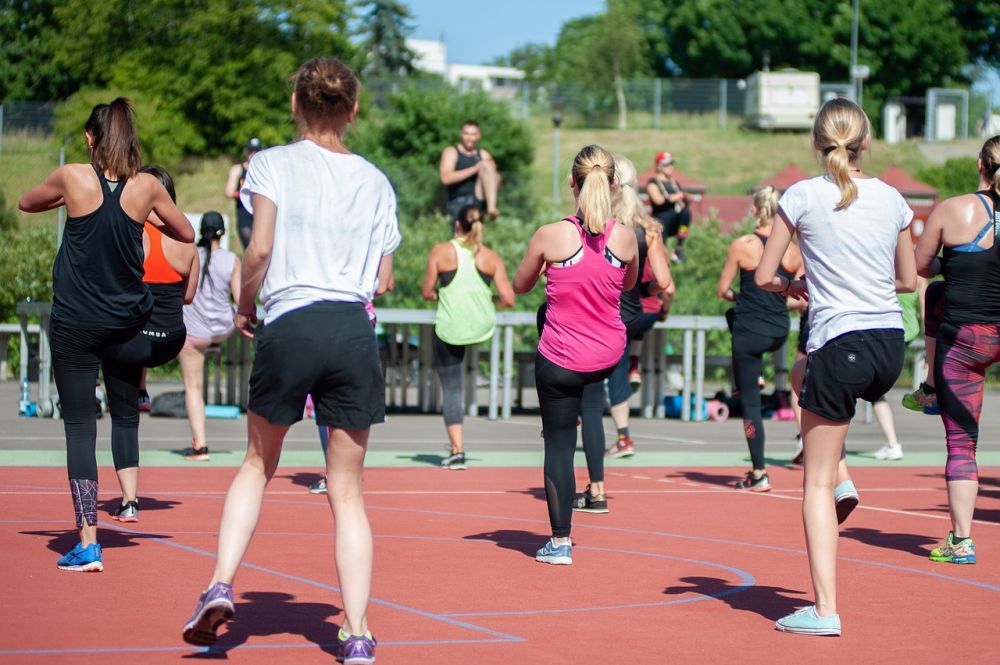Hypopressive training exercises have gained increasing popularity in recent years as a way to improve core strength and stability


These exercises not only offer a wide range of benefits but also have different variations and techniques that cater to individual needs. In this article, we will provide a comprehensive overview of hypopressive training exercises, including their types, popularity, quantitative measurements, differences between exercises, and a historical analysis of their advantages and disadvantages.
Hypopressive training exercises, also known as hypopressive abdominal gymnastics or hypopressive low-pressure fitness, are a series of movements that involve specific postures and breathing techniques. The goal is to create a vacuum effect in the abdominal and pelvic cavity by engaging the deep muscles of the core. Unlike traditional exercises that emphasize forceful contractions, hypopressive exercises focus on reducing pressure and tension in the abdominal area.
These exercises can be classified into different types based on their primary focus. One common type is diaphragmatic breathing exercises, which involve deep breathing through the diaphragm to activate the core muscles. Another type is postural exercises, which focus on maintaining a correct posture while engaging the core muscles. Lastly, dynamic exercises involve performing movements while maintaining the hypopressive posture.
Popular hypopressive training exercises include the «Iron Shirt» technique, in which the individual stands with their knees slightly bent, pelvis tilted forward, and ribcage lifted. This position is maintained while performing different movements such as arm lifts or leg extensions. Additionally, the «Water Press» exercise involves lying on the back with the hips and knees bent at 90 degrees, then pressing the navel towards the spine while exhaling.
Quantitative measurements play a crucial role in evaluating the effectiveness of hypopressive training exercises. One commonly used measurement is the 24-hour urinary incontinence test, which assesses the impact of these exercises on urinary control. Research has shown that hypopressive training can significantly reduce urinary incontinence in women, making it an effective treatment option for pelvic floor disorders.
Another measurement is the decrease in waist circumference, which is often observed after regular practice of hypopressive exercises. Research has found that these exercises can lead to a reduction in waist size, indicating improved core muscle tone and abdominal strength. Additionally, studies have shown that hypopressive training can enhance respiratory function by increasing lung capacity.
Although there are variations within hypopressive training exercises, they all share the common goal of reducing pressure in the abdominal and pelvic area. The different techniques primarily vary in terms of body positioning, postural cues, and combination of movements. Some exercises may target specific muscle groups more than others, allowing individuals to customize their training based on their needs and goals.
In terms of historical analysis, hypopressive training exercises have been practiced for several decades. They were initially developed by renowned Belgian gynecologist Marcel Caufriez in the 1980s as a rehabilitation method for postpartum women with pelvic floor disorders. Over time, these exercises gained recognition and popularity among athletes, fitness enthusiasts, and individuals seeking to improve core strength and stability.
The advantages of hypopressive training exercises are numerous. These exercises can effectively strengthen the core muscles, improve posture, and enhance overall body awareness. They also offer a non-invasive and drug-free approach to treating urinary incontinence and other pelvic floor disorders. Additionally, hypopressive training is low impact, making it suitable for individuals with joint problems or those recovering from injuries.
However, it is essential to acknowledge the potential disadvantages of hypopressive training exercises as well. The proper execution of these exercises requires guidance from trained professionals to prevent incorrect postures or breathing techniques that can cause unnecessary strain on the body. Additionally, individuals with certain medical conditions, such as hernia or high blood pressure, should consult with a healthcare provider before engaging in hypopressive training.
In conclusion, hypopressive training exercises offer a unique approach to core strength and stability training. With various types and techniques available, individuals can tailor their workouts to meet their specific needs. The quantitative measurements and historical background further emphasize the effectiveness and long-standing recognition of these exercises. However, it is crucial to practice hypopressive training under the guidance of a professional to ensure safe and proper execution.





